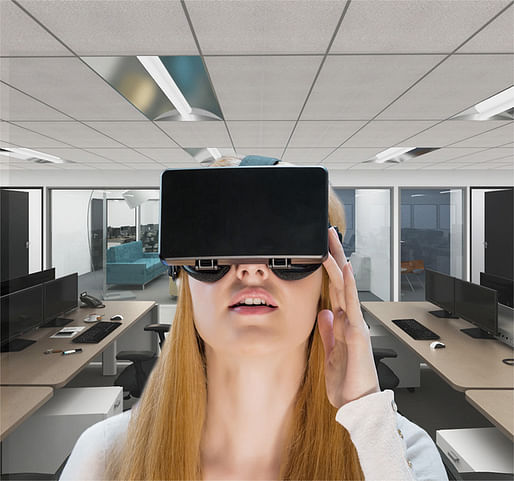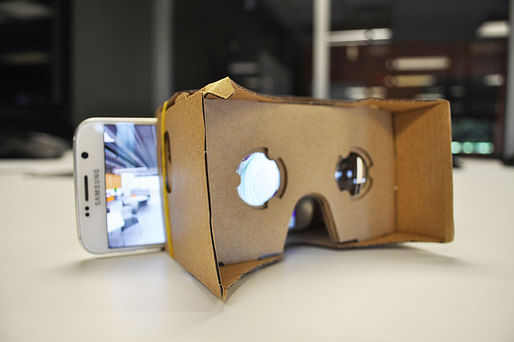

AN INTRODUCTION TO VIRTUAL REALITY
Though Virtual Reality (VR) is yet to truly break into the mainstream consumer market, it’s an industry growing at breakneck speed.
With Deloitte Global predicting a $1bn year for the VR industry this year, and Digi Capital estimating it to hit $30bn by 2020, it won’t be long before VR is in the hands of millions of consumers worldwide.
Yet though initial traction for the industry has been centered around the gaming and entertainment communities, VR is making serious headway as a tool for health, education, and business.
VIRTUAL REALITY FOR ARCHITECTURE AND INTERIOR DESIGN
For an architect or designer, viewing an image of a 3D space is enough to fully visualize the space around them. Yet this is not the case for the clients, who typically lack this ability. Yulio aims to bridge this communication gap through VR technology.

“Virtual Reality technology transforms crucial aspects of the client-engagement experience by placing the user directly into the design and adding an element of certainty to what was previously just a guessing game,” says Rob Kendal, Founder and Managing Director of Yulio, a VR platform for architects and interior designers.
Firms who are already using VR report that it helps clients make design-related decisions in a fraction of the time it would usually take them, shortening the design and collaboration process by up to 50%. Designers and their clients are using VR to predict real-world design errors before a project actually begins construction, making for a much smoother construction phase.

Some firms have taken their VR services one step further, building entirely new revenue streams based on this technology. For example, one Toronto-based design firm began creating VR designs to help clients of a major national real estate company visualize otherwise empty apartment spaces. Where the real estate company would previously have spent $50-$60/ft2 building real-life ‘demo apartments’, VR is a fast and economical solution.
According to Kendal, “virtually all of the major architectural and design organizations are actively investigating and using VR technology. Of course, the ‘wow’ factor that comes with the medium is giving early adopters a critical advantage at this point—we’ve lost count at the number of ‘wins’ attributed to a pair of goggles.”
INTRODUCING YULIO: A DIY VIRTUAL REALITY PLATFORM FOR ARCHITECTS AND INTERIOR DESIGNERS

Yulio is a Virtual Reality (VR) platform for architects and interior designers, as well as real estate management and construction industries.
Aimed at making sophisticated VR technology simple to use, Yulio gives anyone with a smartphone and CAD skills the ability to create and publish in VR.
With a subscription-based model, users aren’t forced to pay per render or send their content to a third party. Yulio is a completely DIY virtual reality platform, allowing users the freedom to manage and share their own files internally.

To fit in with their existing workflow, users design their 3D spaces in their preferred CAD tool, and then upload the completed design to Yulio. Yulio is compatible with most major industry CAD tools (including SketchUp, Revit, 3ds Max and Rhino). SketchUp and 3ds Max users can benefit from a direct Yulio plugin that renders and exports their designs straight to Yulio.
To view designs in VR, users download the Yulio Viewer app (available for iOS, Android and Samsung Gear VR) to their smartphone, with their preferred VR headset (like Google Cardboard or Homido MINI).
Interested in Virtual Reality? Head to www.yulio.com to find out more.
No Comments
Block this user
Are you sure you want to block this user and hide all related comments throughout the site?
Archinect
This is your first comment on Archinect. Your comment will be visible once approved.